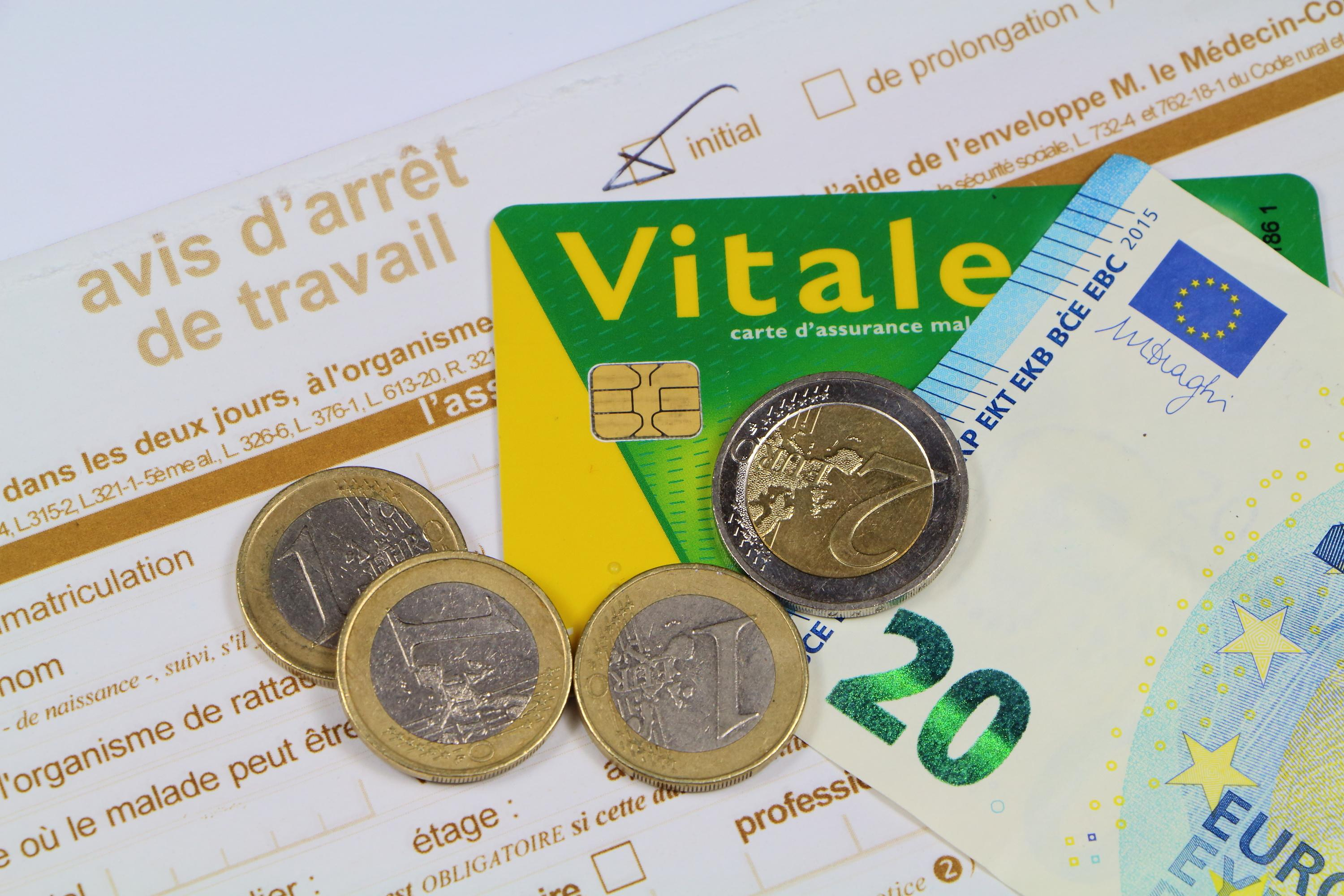On Fair Isle, a remote Scottish island in the North Sea, only 55 people live. The place has a small jetty for zodiacs and a landing strip where, from time to time, an eight-passenger plane manages to arrive.
Traveling to Fair Isle, a sanctuary for unique species of birds and cliffs of great beauty, is an example of the type of experiences sought by clients of an expedition cruise such as the Seabourn Venture, which travels around Scotland and Iceland for ten days with only 200 passengers. passengers on board. In addition to Fair Isle, travelers will have the opportunity to see rarely visited prehistoric buildings; kayaking; take walks with an expert bird guide; and visit Icelandic volcanoes and waterfalls where mass tourism does not reach.
The objective of this exclusive type of cruise is always the same: to reach places that are difficult to access, of great natural beauty, and, above all, outside any commercial ship route with thousands of passengers on board. As one traveler explains, "it's a cruise for people who hate cruises."
These trips, only available to research groups until a few years ago, have become one of the fastest growing segments in the world of cruises. The latest report from the International Association of Cruise Companies (CLIA) ensures that it is one of the major trends in the sector for the coming years and indicates that although the number of cruise passengers in this segment is small, especially due to its high cost, it has great potential.
In 2022, 137,00 people joined one of these trips, more than double the number of five years ago. In addition, interest is growing: Google searches for trips to Antarctica, one of the star destinations for these expeditions, have increased by 51%. "Immersive trips and the trips that one wants to do once in a lifetime are gaining weight, especially after the pandemic," says Juan Rodero, general director of the Mundo de Cruceros travel agency.
The shipping companies have already provided means to respond to the growing demand. More than half of all the ships that will be built in the next five years on the planet will be destined for expedition cruises.
The vessels are characterized by their small size (they house around 250 passengers, compared to the 6,000 that a traditional cruise can accommodate) and by their technical characteristics: more ecological, with a double hull and capable of breaking ice on their adventures in Alaska or the South Pole.
The large tourist groups have created specific divisions to deal with this demand. Carnival owns Seabourn; Royal Caribbean Group, of Silversea, and the Italian giant MSC have the Explora brand. Other companies, such as Ponant, offer only this type of experience.
Exclusivity has a price. The average cost of one of these cruises amounts to about 1,000 euros per person per night, although meals, activities and tips are included. A 20-day trip to Antarctica costs from 20,000 euros per person, flights apart.
In addition to the ultra-luxury comfort and service offered on board - all suites have a balcony overlooking the sea and caviar can be ordered at no additional cost - part of the great attraction of these cruises is the program of activities offered.
Rather than step off the ship in a big port, expedition cruisers hop on zodiacs and plunge knee-deep in water if the tide is too high. Instead of Zumba classes, there are lectures on flora and fauna; and instead of dinner with the captain and a disco, cruise passengers wear elegant but comfortable clothes, and go to bed early because they have to get up early the next morning. Hoka sneakers and North Face garments are common among the passage.
The success of this activity program depends on the expedition team. made up of 25 professionals including biologists, geologists, archaeologists and historians. The team also includes several former airplane pilots who will be in charge of submerging the two small submarines carried by the Venture and allowing the discovery of remains of ships sunk in World War II.
Between 7 and 8 in the morning, the expedition team leader, Seb Coulthard, a former British soldier with extensive experience in the world of cruise ships, greets over the loudspeaker announcing the day's agenda. At that time, cruise passengers have breakfast in one of the spacious restaurants, although many choose to use room service and have coffee, eggs and fruit overlooking the sea. The ship's 132 suites have a terrace.
A few minutes later, the activity in the area reserved for the zodiacs is frantic and little by little the boat becomes empty. Barely twenty passengers prefer to stay on board and work for a few hours or enjoy the spa and outdoor terraces.
Before leaving, passengers must put on warm clothes, their own or those provided by the company. In the case of Seabourn, the entire welcome kit is from the Helly Hansen brand. The boat also provides high boots that allow you to walk on slippery terrain safely.
Every day, the expedition team organizes a series of activities that can be modified according to the weather. Kayak trips, for example, have to be postponed at various times due to sea conditions. And the way of embarking and disembarking is also modified, depending on the tides.
Many experts recommend choosing the cruise not only because of the ship, but also taking into account the program of activities and the experience of the expedition team in that destination. In some places, like Antarctica, where the trip has a risk component at times, the experience is a degree. The professionalism of the team is also evident in the chats on board and in the informal conversations during the excursions. Venture members are also available to have lunch or dinner with passengers interested in specific topics. The size of the ship allows them to know the name and nationality of the passengers from the beginning of the trip.
The return to the ship is usually in time to eat in one of the restaurants or in the middle of the afternoon, with time to go to the gym or the sauna, or simply rest. Before dinner, the passengers meet in the exploration room where the guidelines for the next day are given and one or more conferences on topics related to the next destination are attended.
Jim (fictitious name to safeguard the anonymity of the passengers), is Canadian and has several cruises behind him. He is retired and is dedicated to traveling. We agreed on a talk about how tides originate in the high seas and what are the causes of dizziness. "I come from doing the second base camp on Everest, now I'm doing this cruise and in September I'll do the Camino de Santiago by bicycle with a group of friends," he explains. "I spend two or three months in my house in Toronto and the rest of the year in other properties or traveling."
Jim's case is not isolated. The expedition cruiser, in general, has traveled the world with traditional trips and now looks for almost inaccessible places, such as the Amazon or the Galapagos Islands, where they can discover parts of the planet where tourism has not reached.
Embarking on one of these adventures requires being in good physical shape and a dose of interest in adventure tourism. The day that takes place in the impressive Dynjandi waterfall, in Iceland, requires climbing slippery terrain for 40 minutes and then getting on the boats when the tide has risen. Dizziness is also the order of the day, especially on the high seas when the waves exceed 4 or 5 meters at some point. In bad conditions, they can reach nine meters in height. Biodramine is available to all passengers at the ship's reception desk and many don seasickness patches as soon as they catch a glimpse of swell.
The duration of these cruises and their high cost mean that the age of the passenger is high: about 63 years on average, something that companies are trying to change. "We would like to see younger entrepreneurs and managers on these ships. The connections are good and you can work perfectly for several hours a day," explains Glen Varelst, Seabourn's Director of Business Development.

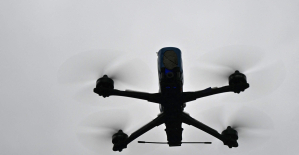 Russia: schools will train children to use drones at the start of the school year
Russia: schools will train children to use drones at the start of the school year Austria: incestuous torturer Josef Fritzl, nicknamed the “national monster”, could soon be released
Austria: incestuous torturer Josef Fritzl, nicknamed the “national monster”, could soon be released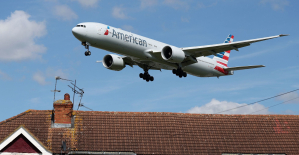 An airline continues to treat a centenarian as a one-year-old baby
An airline continues to treat a centenarian as a one-year-old baby Germany: the trial of nine “Citizens of the Reich” conspirators begins this Monday
Germany: the trial of nine “Citizens of the Reich” conspirators begins this Monday Sánchez cancels his agenda and considers resigning: "I need to stop and reflect"
Sánchez cancels his agenda and considers resigning: "I need to stop and reflect" The Federal Committee of the PSOE interrupts the event to take to the streets with the militants
The Federal Committee of the PSOE interrupts the event to take to the streets with the militants Repsol: "We want to lead generative AI to guarantee its benefits and avoid risks"
Repsol: "We want to lead generative AI to guarantee its benefits and avoid risks" Osteoarthritis: an innovation to improve its management
Osteoarthritis: an innovation to improve its management Sanofi: demonstration in front of Paris headquarters against job cuts
Sanofi: demonstration in front of Paris headquarters against job cuts The Chinese car manufacturer BYD sets out to conquer France
The Chinese car manufacturer BYD sets out to conquer France Public finances: after the deputies, Bruno Le Maire asks the senators for savings avenues
Public finances: after the deputies, Bruno Le Maire asks the senators for savings avenues Faced with opposition from London, a fund supported by Abu Dhabi abandons the purchase of the Daily Telegraph
Faced with opposition from London, a fund supported by Abu Dhabi abandons the purchase of the Daily Telegraph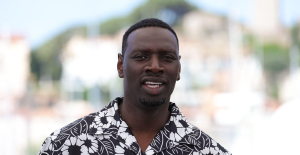 Omar Sy on all cultural fronts
Omar Sy on all cultural fronts Jacques Audiard, Swann Arlaud, Benjamin Stora... A hundred men from cinema, theater and books in support of
Jacques Audiard, Swann Arlaud, Benjamin Stora... A hundred men from cinema, theater and books in support of Resale, scams and fake tickets: how not to get scammed before Taylor Swift concerts
Resale, scams and fake tickets: how not to get scammed before Taylor Swift concerts Isild Le Besco is not ready to file a complaint against Benoît Jacquot
Isild Le Besco is not ready to file a complaint against Benoît Jacquot Omoda 7, another Chinese car that could be manufactured in Spain
Omoda 7, another Chinese car that could be manufactured in Spain BYD chooses CA Auto Bank as financial partner in Spain
BYD chooses CA Auto Bank as financial partner in Spain Tesla and Baidu sign key agreement to boost development of autonomous driving
Tesla and Baidu sign key agreement to boost development of autonomous driving Skoda Kodiaq 2024: a 'beast' plug-in hybrid SUV
Skoda Kodiaq 2024: a 'beast' plug-in hybrid SUV The home mortgage firm rises 3.8% in February and the average interest moderates to 3.33%
The home mortgage firm rises 3.8% in February and the average interest moderates to 3.33% This is how housing prices have changed in Spain in the last decade
This is how housing prices have changed in Spain in the last decade The home mortgage firm drops 10% in January and interest soars to 3.46%
The home mortgage firm drops 10% in January and interest soars to 3.46% The jewel of the Rocío de Nagüeles urbanization: a dream villa in Marbella
The jewel of the Rocío de Nagüeles urbanization: a dream villa in Marbella Europeans: a senior official on the National Rally list
Europeans: a senior official on the National Rally list Blockade of Sciences Po: the right denounces a “drift”, the government charges the rebels
Blockade of Sciences Po: the right denounces a “drift”, the government charges the rebels Even on a mission for NATO, the Charles-de-Gaulle remains under French control, Lecornu responds to Mélenchon
Even on a mission for NATO, the Charles-de-Gaulle remains under French control, Lecornu responds to Mélenchon “Deadly Europe”, “economic decline”, immigration… What to remember from Emmanuel Macron’s speech at the Sorbonne
“Deadly Europe”, “economic decline”, immigration… What to remember from Emmanuel Macron’s speech at the Sorbonne These French cities that will boycott the World Cup in Qatar
These French cities that will boycott the World Cup in Qatar Bayern Munich-Real Madrid: in video, all the goals from the C1 clash
Bayern Munich-Real Madrid: in video, all the goals from the C1 clash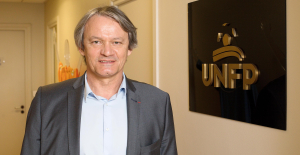 Ligue 1: Zaire-Emery, Yoro, Roy, Griezmann... The others nominated for the UNFP Trophies
Ligue 1: Zaire-Emery, Yoro, Roy, Griezmann... The others nominated for the UNFP Trophies Bayern Munich-Real Madrid: in video, the magnificent tifo in tribute to Franz Beckenbauer
Bayern Munich-Real Madrid: in video, the magnificent tifo in tribute to Franz Beckenbauer Ayrton Senna: 30 anecdotes that you (perhaps) don't know about the Brazilian who died thirty years ago
Ayrton Senna: 30 anecdotes that you (perhaps) don't know about the Brazilian who died thirty years ago






